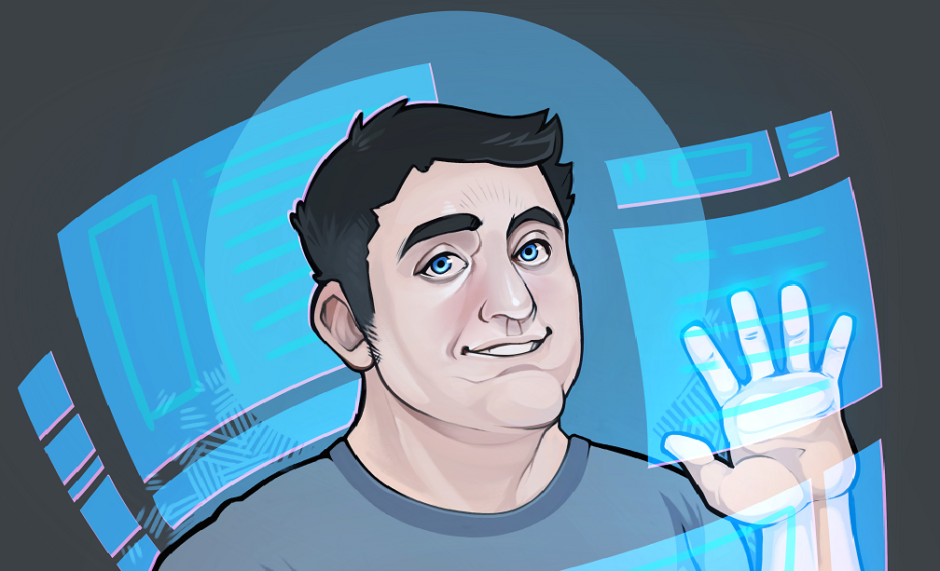I was taken with the results of a study that was co-run by Siemens and Daqri that was brought to my attention by Colin Couper from Daqri in a talk at AWE 2018. I was going to post about it but I hadn’t gotten around to it when someone asked a question on Quora that the article was a great answer to.
TLDR: Can AR provide any benefits to education/learning of tasks? Using AR provides better efficiency, reliability, confidence, and speed, with less likelihood of error. Workers needed much less oversight for training and learn much faster and with greater confidence.
In the summer of 2016, Siemens was investigating AR and teamed up with Daqri (an innovative industrial HMD manufacturer). Among other things Siemens manufactures huge gas turbines and it takes 3 years to train up turbine fitters to work on them. Siemens wanted to see if AR could improve that process.
It was a pilot project where four engineers with experience ranging from novice to trainer used Daqri’s helmets to assemble parts of a 1,000-pound gas burner – a complex component of a gas turbine.
It was better than successful.
To summarize, using AR;
- One novice estimated that it would have taken one day to assemble the burner – he did it in 45 mins – independently! (That’s a 90% reduction) The expert trainer took 40.
- All participants noted increased confidence. When you have floating 3D diagrams and checklists (the HMD supports voice, so it’s all hands-free), they all felt more confident and “safe” about what they were doing.
- With the AR guidelines, the chances of errors is greatly reduced. Even the experts said it provided a nice reminder of all the things they had to keep straight.
The results were a success so Siemens is expanding the study to a much larger group. WSJ Article on the study follow-up.
I think there’s something to this AR training idea.
Here’s Colin Couper’s AWE 2018 talk about the study;
Here’s a link to the study results. (sign up required)
